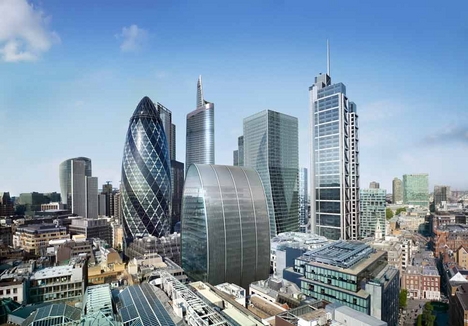When you look at film openings there are 3 main basic structures that are followed:
1. A Narrative opening with the titles running throughout;
This is when titles appear while the story is being revealed, the titles are surrounding the film. Some examples of narrative openings are The Shining, The Stepfather and De ja vu.
This is the opening to DE ja vu:
2. A Discrete title sequence;
This is when the title sequence is separated from the film, its on its own. It is by itself on a background e.g. it'll show some film and then show a title and then show some more film. Examples of discrete title sequences are Arligtion road, James bond and seven etc.
I think that seven is a really good opening sequence, it grabs the attention of the reader straight away with the scary & chilling start. The opening of seven uses a lot of close up, i think that this is good because it creates suspense because the audience don't kw what is actually happening. All they can see is what the director wants them to see. The implications for this is that the audience will want to watch the rest of the film to figure out what all these little snippets of film reveal after.
This is the title sequence to seven:
3. Titles over a black screen, followed by the narrative opening;
This is when all of the titles are played before the narrative opening starts, the black screen usually has sound and the black screen lasts for about 30seconds max. this type of narrative takes a while to happen, the camera slowly crawls in and keeps the audience waiting or keeps them in the dark about whats happening. Some directors will love to use this type of narrative because it builds up suspense, however other directors will disagree and say that the audience will be bored and switch it of in the first 5-10 seconds. 2 examples of a titles over black screen opening are dead calm and Donnie Darko.
Here is the Donnie Darko title sequence:
4.There is one last type of title opening that directors use and this is 'a narrative opening with highly styled editing, distinct from the rest of the film. this type of opening is like a music video in a sense because the the clips are edited to the beat of the music. The normal sub-genre that uses this type of opening are 'action thrillers'. The Taking of Pelham 123 is a really good example of this type of title sequence.
This is the opening for The Taking of Pelham 123:
Here are some other title sequences, see if you can remember what type of title sequence they are: 
1.
2.
3.



 <--
<--  >>
>>  >>
>>  >>
>> 


















